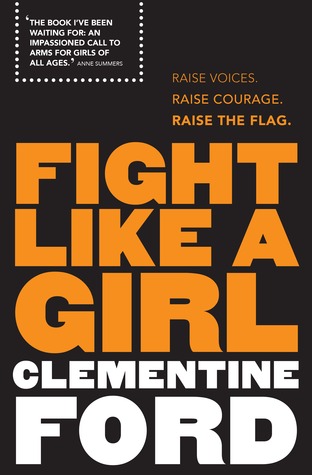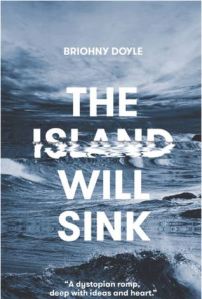
Paperback, 290 pages
Published August 15th 2016 by Legend Press (first published April 30th 2014)
Spoilers!
Lily arrives at a new school in third grade. She instantly falls in love with Eva, who radiates a certainty of self that mesmerises Lily. As the years go by Lily and Eva become inseparable, and when Lily’s father has an accident that results in him losing his job, she gets to live with the Trenthams while her parents salvage what they can of their lives. The exquisite portrayal of the intense relationship between girls, a true love affair that marks their very souls, is the heart and strength of this fabulous novel. Lily’s longing for a ‘big’ and unconventional life is born in this rule-mocking household, one in which the 1930’s roles for women are held in contempt (sort of) and another possibility is lived. Eva’s parents are artists – bohemian and monied, anarchic and self-absorbed. Lily sees the Trentham household as some kind Elysian perfection – it contains everything she wants; sisters, interesting parents, conversations that matter.
Meanwhile, Evan Trentham’s post-modern artistic vision has spawned a kind of de facto artists colony of young artists who have moved in – the eponymous strays have agglomerated. Every room is filled with art, argument and anarchy. The art scene of the 1930s is the second strength of the novel; it is so convincingly rendered I actually looked up a few things, certain they must be real.
At first, everything is wonderful – the shared vision of passionate young things makes the household tremendously exciting and invigorating for its inhabitants. But of course, there is trouble in paradise; the art world of the 1930s finds the group intolerable, and denounces their joint exhibition as obscene, deranged and so on. Within the group, egos are bruised and tensions develop when Jerome outsells Evan – shades of Oedipal struggle begin to stain the brilliant purity of the vision.
Paradise doesn’t really morph into hell until the girls, largely left to do what they like, become involved; by now, they are adolescent and as adolescents will, are full of romance, hormones and in the case of the Trentham girls, a complete lack of regard for ‘proper’ behaviour. When Eva and Heloise run off with one of the men, events libertine Trentham are outraged. The Trentham family, the shared vision, the communal belief system and Lily’s view of these people as better than ordinary folk, are shaken to the point of collapse.
For Lily, the feeling of abandonment resulting from Eva’s abscondment is another defining moment in life – she knows it’s is going to happen, and for a complex web of reasons to do with jealousy, loyalty, longing and grief, does not say anything. The consequences spin out over the rest of her life, bringing us back to the present where the story starts – a letter from Eva, after years of silence, inviting Lily to Evan’s retrospective exhibition. Lily must decide whether to go – whether to face Eva, who has led a hard, big, unconventional life and who hasn’t spoken other for decades. It means Lily has to reckon with her own choices, her own life and a sense of having failed to meet her own wish to lead an unconventional life.
But she does go. And so, along with her, we see the marks left on everyone who was involved, what all these characters have come to after that glorious, mad, defining time.
This last part of the book is it’s weakest part – it feels rushed, an explanation of the consequences. Maybe Evan was a bit mad and maybe Heloise inherited something of that, and came to the end she did. Eva, her fathers daughter, turns out to have a good dose of Helena, her mother in her after all. The moral of the story? The grass isn’t necessarily greener on the other side of the fence – grass is grass.
The point of the story might be that we are made from the past and that the past has long fingers, and still can hold your heart in a tight clutch. Or, as Lily says “What I feel is a sense of futility that emerges when the past is laid side by side with the present, like two photographs taken many years apart, when it becomes clear that there is no more time.” And then, all we can do is make peace with our decisions and choices as best we can. We carry on, perhaps wiser and try to love our beloveds better. In the end, what matters is how well you love.






